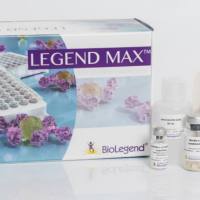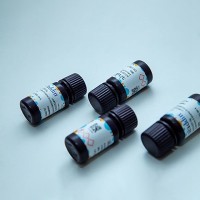Biomarkers of Cell Proliferation in Carcinomas: Detection of Angiogenesis and Infiltrated Leukocytes
互联网
581
Angiogenesis is an important marker for tumor growth, development, and metastasis. There are many studies to detect angiogenesis, for instance by microvessel density (MVD),though several of the studies to MVD measurement show opposite results. Measurement of MVD is a nontime-related measurement, whereas angiogenesis is a dynamic process; therefore, measurement of proliferating endothelial cells is thought to be a better method. We have shown in studies that measurement of active proliferating endothelial cells by double staining is a better marker, compared to MVD measurement. Next to ang-iogenesis, leukocyte infiltration in a cancer has a prognostic value. A large infiltration of leukocytes in a tumor correlates with a better survival. It is known that the correlation between leukocyte infiltration and angiogenesis is marked by adhesion molecule expression on endothelial cells. In vitro experiments show that active proliferating endothelial cells downregulate adhesion molecule expression on the cell membrane. It is generally assumed that this results in vivo in an inhibition of leukocyte infiltration in this specific area. Because immunohistochemical techniques cannot detect exact amounts of adhesion molecules in physiological environments this interaction has not been demonstrated. This chapter shows a technique based on flowcytometry by which these analyses can be performed. In short a tissue part is dissolved in a single-cell suspension, stained for specific characteristics and measured by FACS analysis. In this chapter we will show several techniques to detect proliferating endothelial cells in a tissue.









